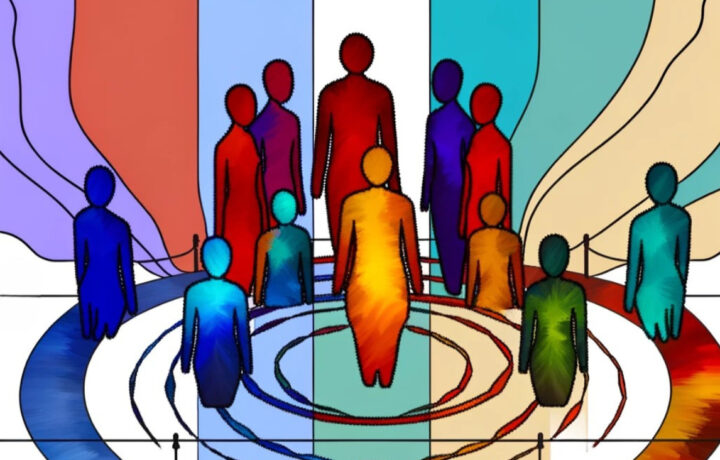In our daily interactions, both professional and personal, we are constantly exchanging energy. This exchange, akin to the drops of water in a bucket from the poignant children’s book analogy, can either fill or deplete our reserves, impacting not just our own well-being but also that of our colleagues, teams, and organizations. The question of whether we are contributors or consumers of this energy is not only profound but also introspective, urging us to reflect on the essence of our interactions and the ripple effects they create.
Energy Drainers vs. Energy Givers
At the heart of this discourse lies the distinction between those who drain energy and those who give it. Energy drainers might be managers who micromanage, coworkers who frequently engage in negative gossip, or customers quick to criticize without offering constructive feedback. These actions can create an environment that feels demotivating.
However, it’s the subtler forms of energy draining that are harder to recognize but equally impactful. For instance, an individual who consistently seeks reassurance and guidance can subtly sap the energy of those around them. Their need for validation and reluctance to make decisions independently, though not overtly negative, can place a continuous demand on others’ energy reserves.
Conversely, energy givers include those who approach challenges with optimism and celebrate the successes of their peers. Subtle yet profound, the confidence and enthusiasm of an individual who shares their ideas with excitement can replenish and invigorate those around them. Their demeanor is not just about the positive actions but the attitude and resilience they bring to every interaction.
The Impact of Energy Exchange
The exchange of energy in our interactions is far-reaching. For individuals, being on the receiving end of negative energy can lead to burnout, while positive energy can enhance job satisfaction. Collectively, the energy within teams and organizations can dictate the overall atmosphere and culture, with energy givers transforming workplaces into spaces where well-being and innovation flourish.
Navigating the Energy Dynamics
It is unrealistic and perhaps impossible to always be an energy giver. The complexity of life and our roles means we might inadvertently drain others’ energy. The key lies in awareness and actively seeking to replenish any energy we might have drained in previous interactions. Demonstrating confidence, independence, and other positive behaviors, or small acts of kindness, appreciation, and support, can significantly restore and uplift the energy levels of those around us, fostering a cycle of beneficial energy exchange.
The Fulfillment in Being Energy Givers
Working with energy givers is transformative, fostering a culture of mutual respect and collective success. The environment becomes one where challenges are navigated with resilience, and opportunities are seized with enthusiasm. For businesses, this means a happier, more cohesive, and ultimately more successful workforce.
Water in the bucket
As we navigate our professional and personal lives, let us ponder the drops of water we are adding to the buckets of those around us. Are we contributing to their depletion or filling them with vigor and hope? While the journey of self-reflection and improvement is ongoing, it is through our efforts to be more mindful energy givers that we can truly make a difference. Let us strive, therefore, to be sources of positive energy, enriching our workplaces, our communities, and our lives, mindful of the subtle dynamics that play a significant role in the energy we exchange.



